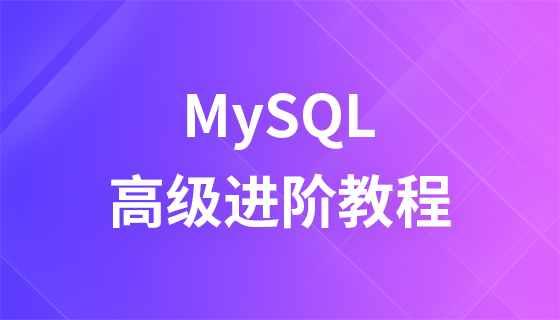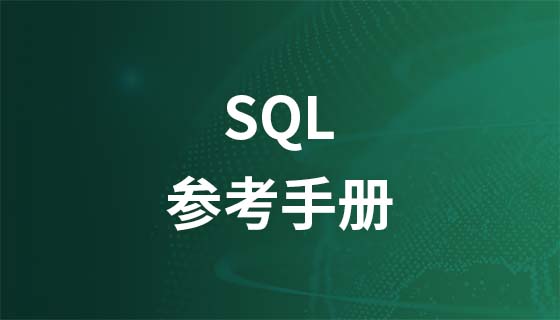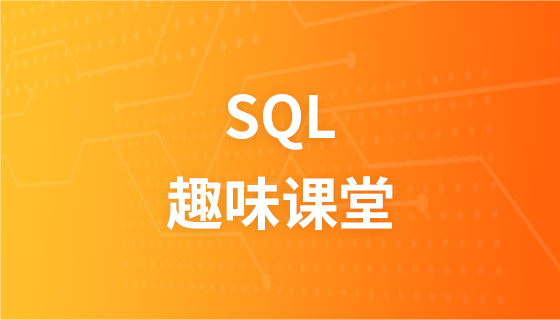In SQL, both the delete command and the truncate command can be used to delete data (records), so what are the differences between them? The following article will introduce to you the difference between the delete command and the truncate command. I hope it will be helpful to you.

The difference between delete and truncate commands
1. Command type
delete is a data manipulation language (DML) command; and truncate is a data definition language (DDL) command.
2. Function
The delete command deletes single, multiple or all records from the table according to the specified SQL statement; while the truncate command deletes all records and table structures from the database.
3. Where clause
The delete command supports the WHERE clause. You can use the where clause with DELETE to filter and delete specific records; however, the truncate command does not support the WHERE clause.
4. Locking
The delete command uses row-level locking, and each row in the table is locked for deletion; the truncate command uses table-level locking, locking the entire table to delete all records.
5. Index view
The delete command can be used with index views; however, the truncate command cannot be used with index views.
6. Execution speed
Because the delete command maintains the log, the speed is very slow. However, since the truncate command maintains minimal logging records in the transaction log, it executes faster.
7. Table structure
The delete command will not affect the table structure, while the truncate command will delete the table structure from the database.
8. Transaction space
The delete command uses more transaction space than the truncate command.
The above is the detailed content of What are the differences between delete and truncate. For more information, please follow other related articles on the PHP Chinese website!



